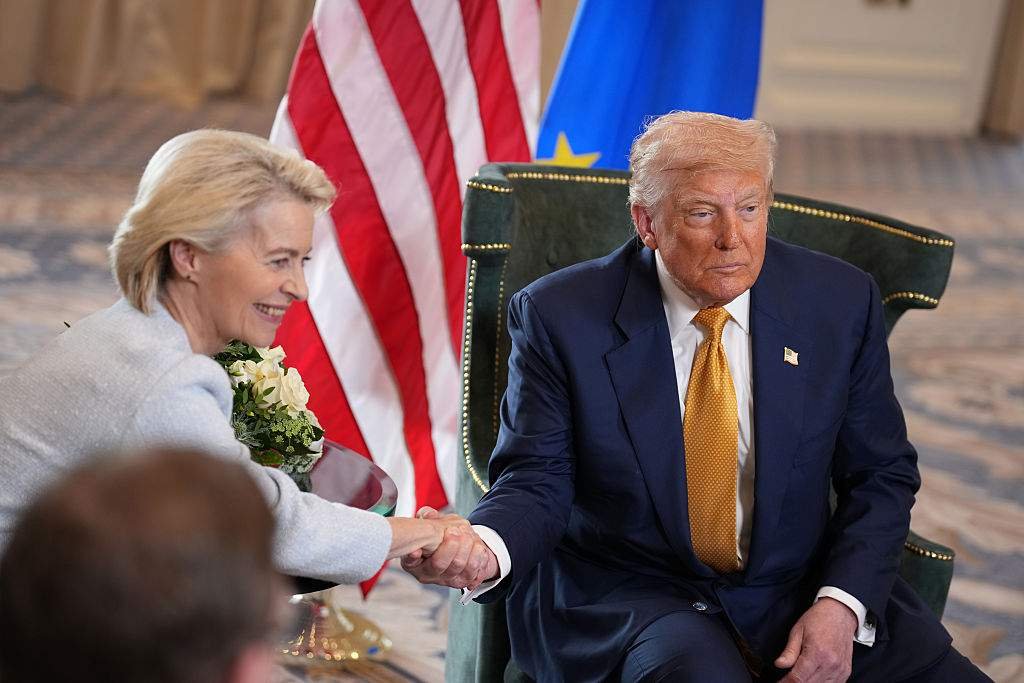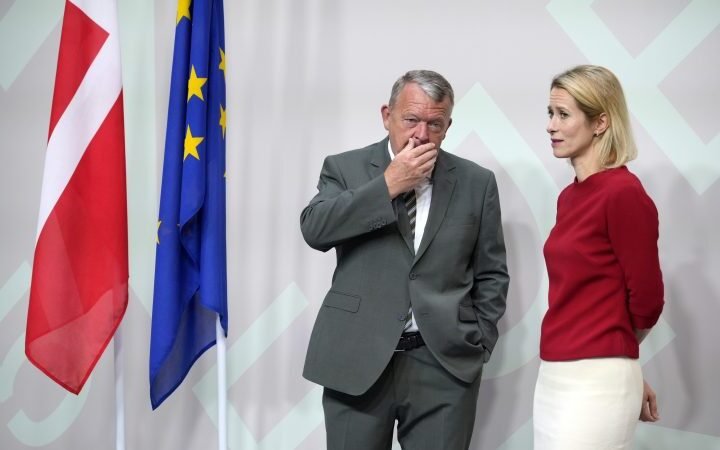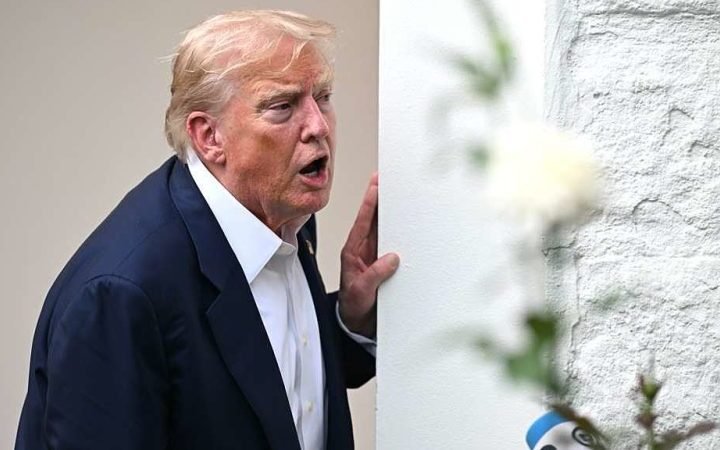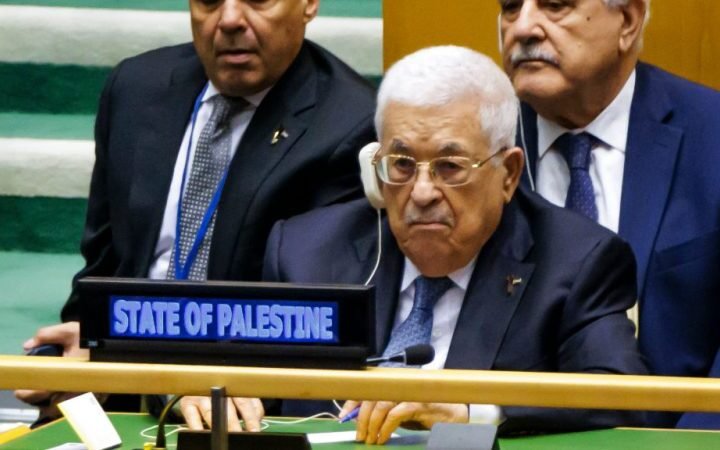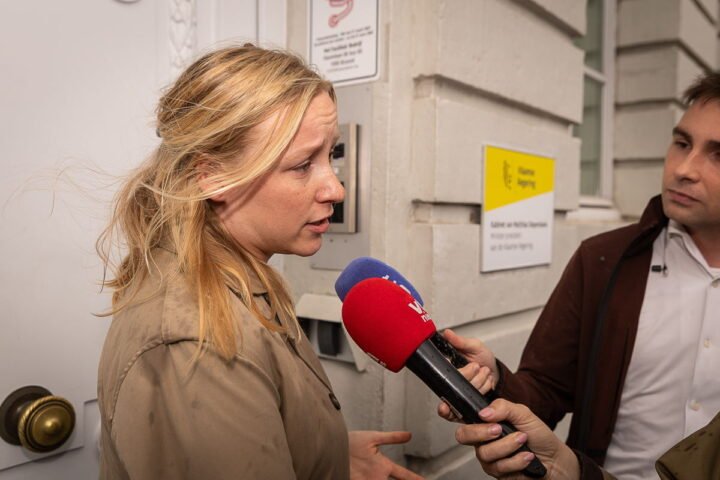A day after it was announced, confusion has emerged over key elements of the EU–US trade agreement, with Donald Trump and Ursula von der Leyen offering sharply diverging interpretations, reports 24brussels.
While both sides present the accord as a breakthrough in easing transatlantic tensions, their public statements reveal disagreement on critical issues ranging from pharmaceutical tariffs to metals and industrial goods.
On Sunday evening, Trump stated that the deal did not include pharmaceuticals, suggesting that these products may be subject to tariffs exceeding the agreed 15 per cent limit. Conversely, von der Leyen informed reporters that the 15 per cent cap applies to most sectors, including cars, semiconductors, and pharmaceuticals, describing it as a firm upper limit with no accumulation permitted.
National security
Senior US officials told Bloomberg that the 15 per cent tariff does apply to pharmaceutical products; however, a separate Section 232 investigation will be initiated within three weeks. This investigation assesses whether imports threaten national security and may lead to further restrictions. Similar reviews are currently underway for aerospace and semiconductor imports.
Disagreements also extend to other sectors. Trump asserts that the current tariffs of 50 per cent on EU steel and aluminium imports will remain unchanged. In contrast, von der Leyen maintains that these duties will be reduced and replaced with a quota-based system. According to Bloomberg, the current deal excludes EU metal exports, meaning they will be subject to the high tariffs.
Von der Leyen underscored that Sunday’s agreement serves merely as a “framework” that will require further detailed negotiations in the upcoming months.
“One thing is clear: this is a moment of relief but not of celebration.”
Belgian Prime Minister Bart De Wever responded cautiously, stating, “As we await full details of the new EU–US trade agreement, one thing is clear: this is a moment of relief but not of celebration. Tariffs will increase in several areas and some key questions remain unresolved.”
He praised von der Leyen’s efforts, adding that he hopes “the United States will, in due course, turn away again from the delusion of protectionism and once again embrace the value of free trade – a cornerstone of shared prosperity.”
German Chancellor Friedrich Merz welcomed the agreement, expressing that it has averted a potentially damaging trade conflict, particularly for the German export sector. He noted that tariffs on European vehicles, currently at 27.5 per cent, will be reduced by almost half.
The French minister for European Affairs, Benjamin Haddad, presented a mixed reaction, categorizing the agreement as “temporarily stabilizing” yet “imbalanced.” In a post on X, he warned that Europe must “wake up,” suggesting that regulatory burdens should be eased. Nevertheless, he praised the protection of strategic sectors such as aerospace, alcohol, and pharmaceuticals, as well as the safeguarding of EU standards on digitalization and public health.
